

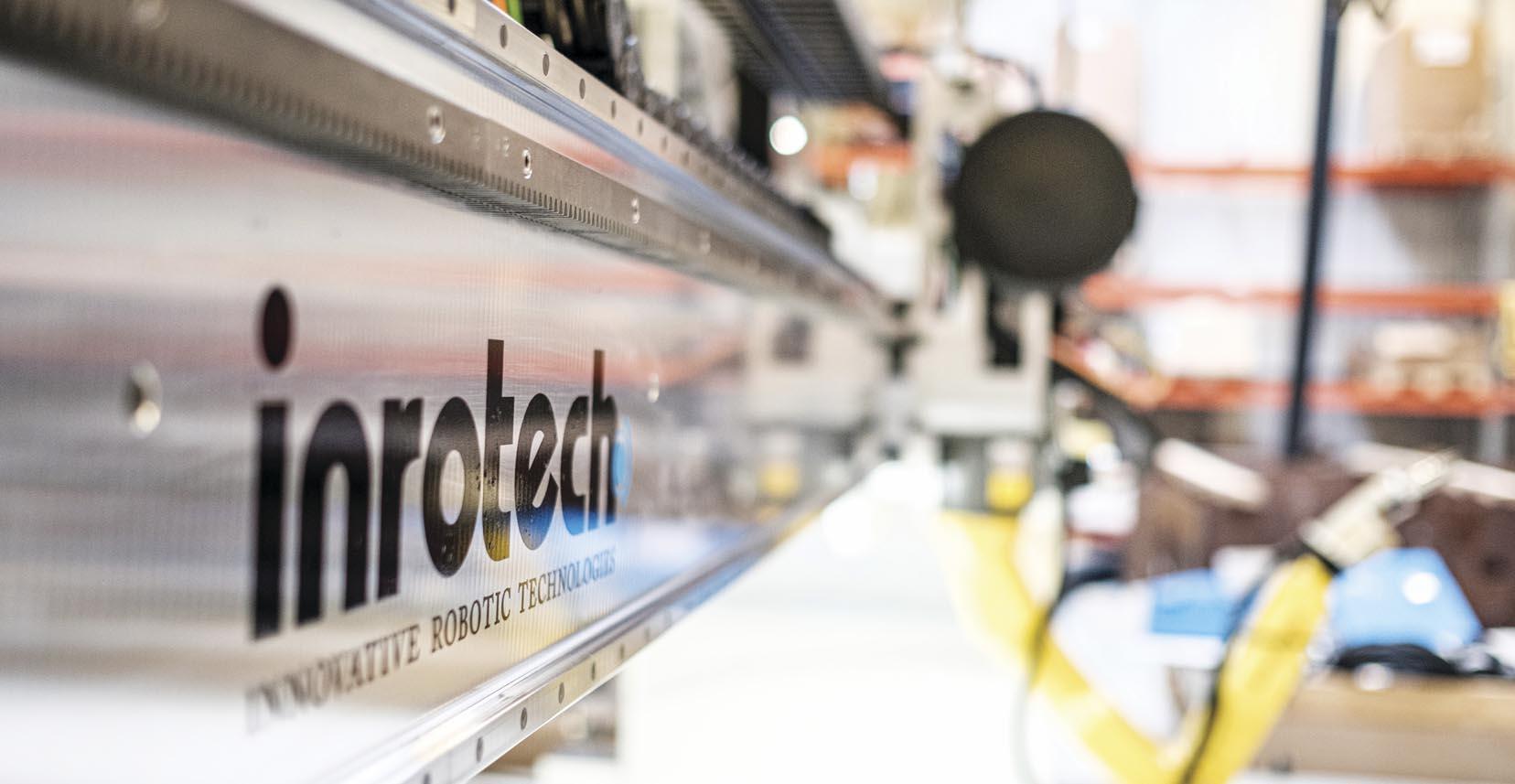

Welding automation specialist
Inrotech is redefining and revolutionising the heavy welding industry with its unique, innovative mobile welding robots. Thanks to its cutting-edge technology, agility and flexibility, this Danish company is rapidly redefining the global welding market. Richard Hagan chatted with Sales Manager Thomas Bøgner to find out how robots are changing the business of welding while providing a whole new, safer career opportunity for the younger generation.
Inrotech, based in Odense, Denmark, specialises in developing and supplying welding robots – primarily to heavy industries around the world.
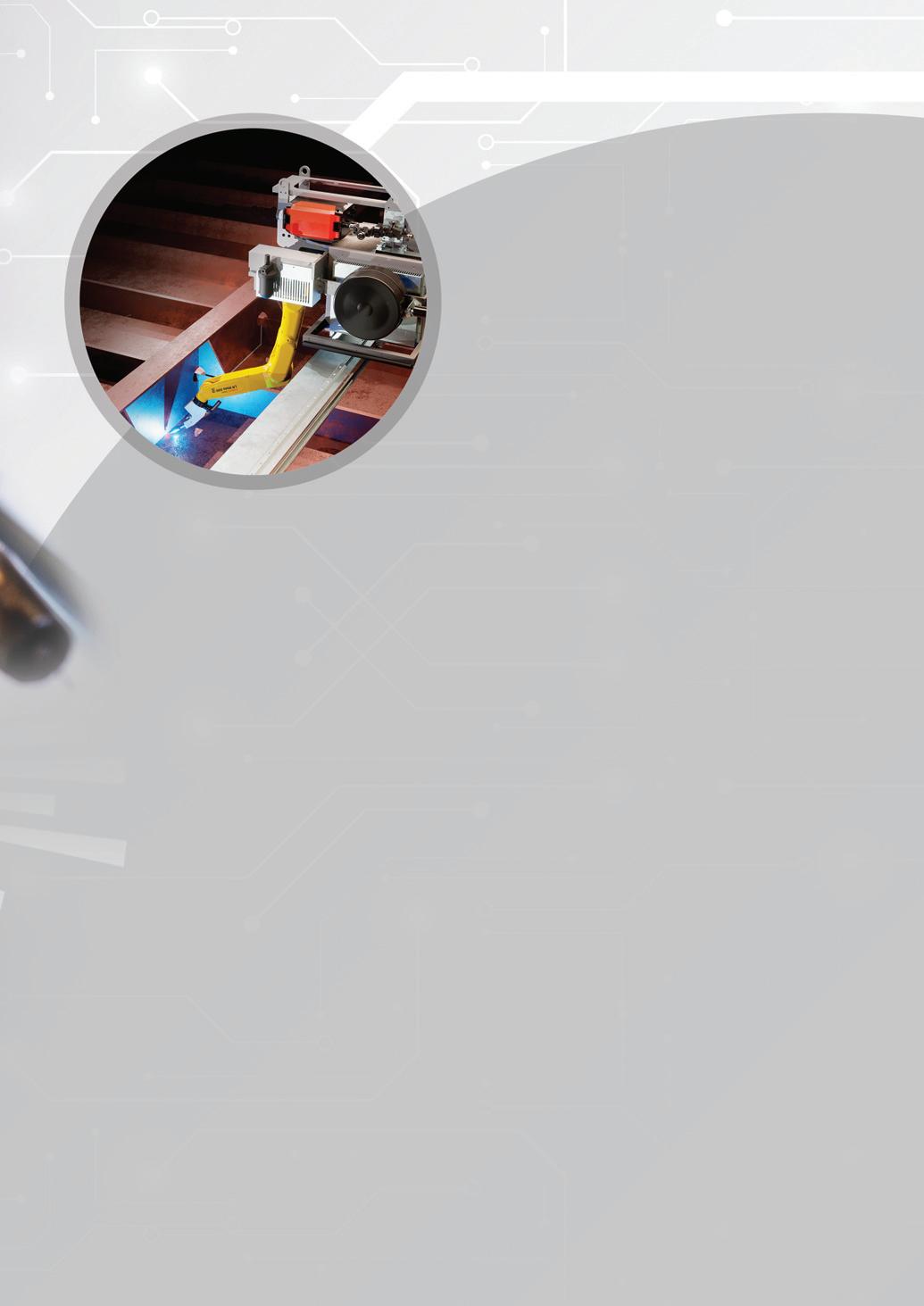
Robotic welding is a highly advanced version of automated welding, in which the welding robot actually carries out the welding process; delivering precise work quickly, efficiently and safely, and with less waste. Inrotech’s robots are not only able to reach locations that would be manually complicated for humans, but can also perform complex and precise welds faster and more consistently in comparison to manual welding.
A brief history
Inrotech was founded by Flemming
Jørgensen who had spent much of his professional life working as a robotic industry consultant. He possesses a uniquely diverse background that includes blacksmithing, offshore welding, mechanical engineering and a degree in electronics and software development.
Given his enthusiasm for robotics, it’s no surprise that when Mr Jørgensen began work at a Maersk shipyard in Denmark, he developed and pitched a proposal to the yard for the introduction of mobile robotic welders for the closed double-bottom tanks of the ships. The robots were subsequently successfully implemented at the yard, spectacularly proving the case for Mr Jørgensen’s concept.
Though the Maersk yard later closed, the robots were sold to a Japanese
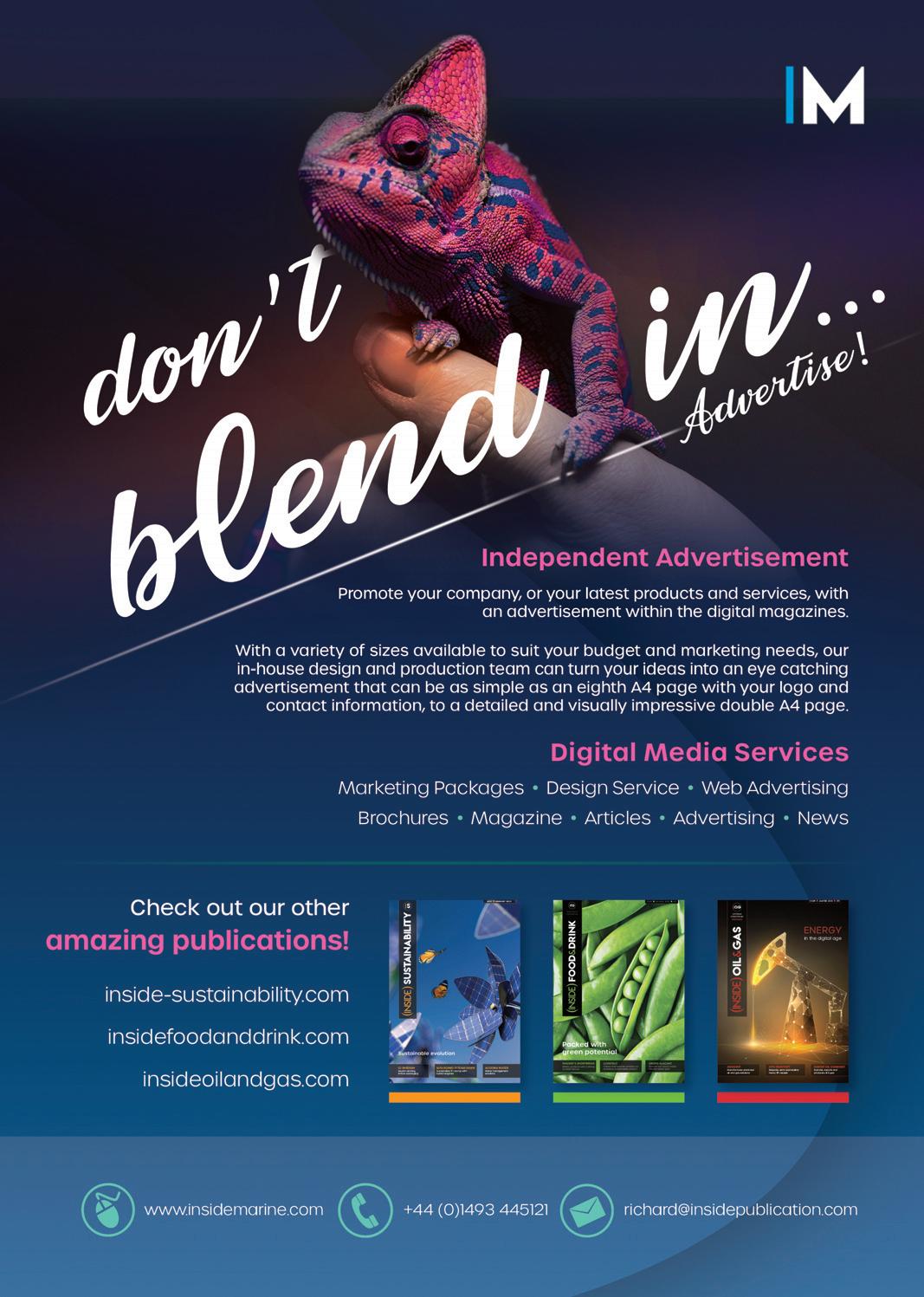

shipyard, for whom they continue to perform reliably right up to the present day. Having successfully proved the robotic welding concept with the implementation at Maersk, Mr Jørgensen established his own company that would go on to become Inrotech.
Powering robotic integration
Today, Inrotech is headquartered in Odense, Denmark, which also serves as both its assembly and testing facility. It employs 40 highly skilled staff, plus two additional members at a satellite office

“IT’S NOT ABOUT TAKING THE JOB FROM A WELDER, BUT RATHER ABOUT MAKING THE WELDER’S WORK MORE INTERESTING; IT’S MODERNISING THE SHIPYARDS AND TURNING THEM INTO MORE ATTRACTIVE PLACES FOR YOUNGSTERS TO WORK IN THE FUTURE”
in India. Odense, where Inrotech is located, is a recognised robotics hub that 140 other robotics firms also call home, including the well-known firm Universal Robots.
Inrotech’s core business is the development of the software that integrates the welding machine with the robotic arm, as well as sensing and scanning technology. “We source the robot arm from one of three suppliers, and then we add our own bespoke carriage or other moveable platform that allows the robot to move into position,” explained Sales Manager Thomas Bøgner. “Our main business is the software.”
Inrotech’s software powers its two primary technology solutions: SensLogic, and WeldLogic.
SensLogic utilises a combination of scanning, sensing and machine logic
to allow the robot to automatically identify the object that it’s welding, as long as the design is based on specified design rules. SensLogic makes the customer’s life simpler as it doesn’t require any advanced programming and has no need for the transfer of CAD drawings as other similar solutions would.
WeldLogic allows a robot to automatically scan and plan the full welding process, including the number of passes, the location of each pass and the appropriate welding parameters, given the allowed heat-input window, the groove geometry and the welding position. WeldLogic can be used for the welding of almost any weld groove design and in any position,

provided that the robot is able to physically access the weld-groove.
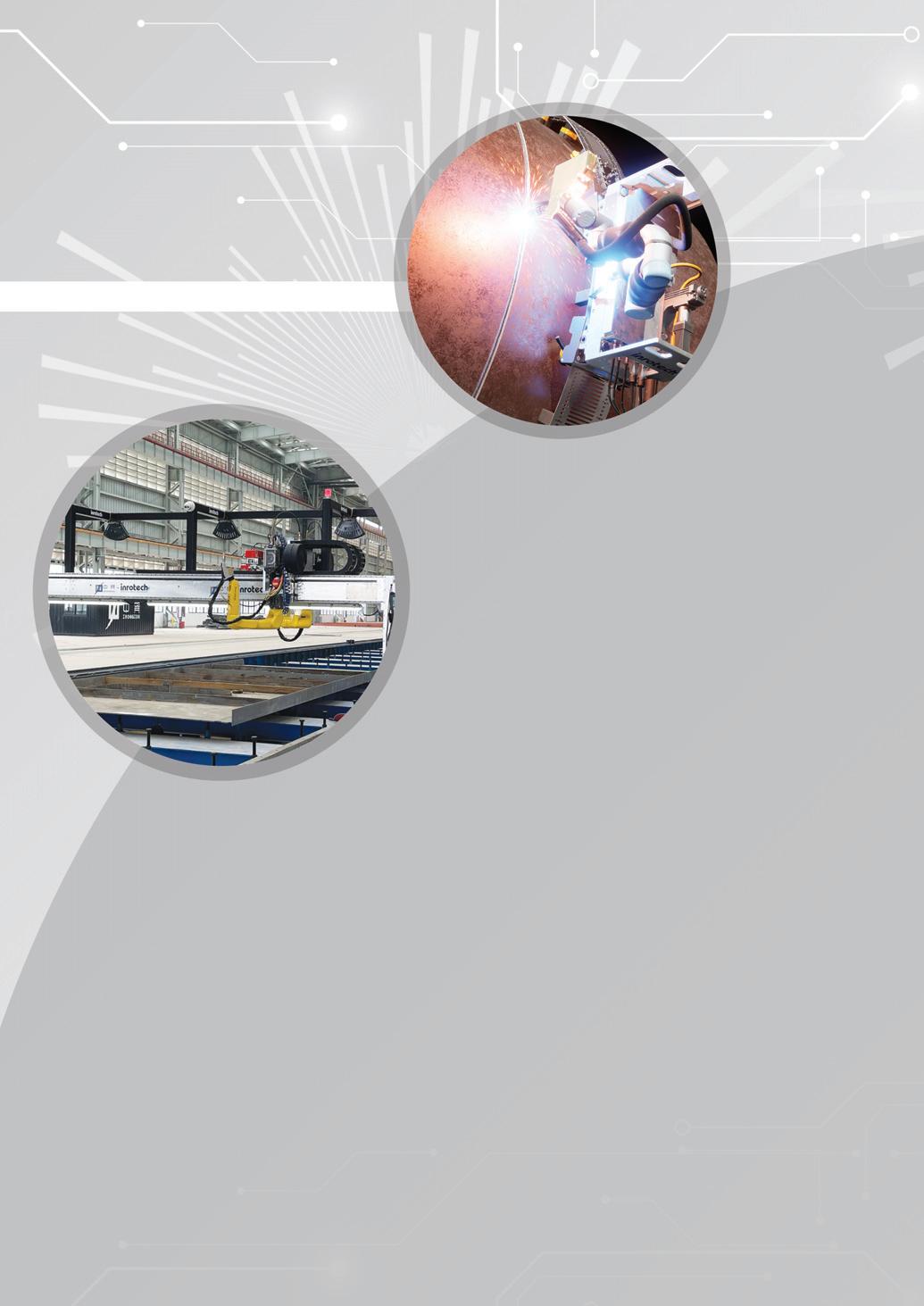
SensLogic and WeldLogic power the company’s three most popular robots: Inrotech- Crawler, InrotechClassic and Inrotech-MicroTwin. The three robots deliver a variety of welding solutions, many or even all of which may simultaneously be required on a single project. Inrotech supplied all mentioned robots for one such large project as recently as 2022. “VT Halter Marine in the United States purchased a large quantity of robots spanning all three
types, including MicroTwin, Classic and Crawler,” said Mr Bøgner. This range of welding robots for VT Halter Marine will be used during construction of the United States Coast Guard’s new Polar Security Cutter. The 460-foot vessel will support US national interests in Arctic and Antarctic waters. The appointed shipyard purchased Inrotech’s complete range of welding robots – a total of 10 units – to assist with this vast new build program.
Better work through automation
The shipbuilding industry is in the midst of a major boom globally, but many yards are struggling to find sufficient staff with relevant skills and qualifications. This is an area in which Inrotech can help, according to Mr Bøgner: “We can assist shipyards with automation of welding procedures in many of their different processes. A single Inrotech robot installation can free-up between three and six human welders per shift, producing much higher quality welds
while being capable of working 24 hours a day, nonstop.”
Replacing humans with robots also has environmental as well as health and safety benefits. “Since our robots produce better quality, more consistent welds, there are fewer useless welds and therefore far less work that must be manually re-done,” he added. “We also find that staff health and wellbeing are improved, with better life expectancy in comparison to traditional, manual welding. Letting a robot do the work instead saves lives in the long run.”
The hard physical nature of welding work is also very demanding on the human body, which becomes worn down from the repetitive, physically difficult nature of welding. “You’re welding on top of cold steel plates, in awkward positions,” said Mr Bøgner. “A human welder is physically worn down over time.”
As an additional benefit, by substituting human welders with robots, s hipyards are able to offer jobs that are future-forward and much more attractive to young staff as well. “Younger people would rather work

with robots than perform the welding manually,” Mr Bøgner concluded. “It’s not about taking the job from a welder, but rather about making the welder’s work more interesting; it’s modernising the shipyards and turning them into more attractive places for youngsters to work in the future.”
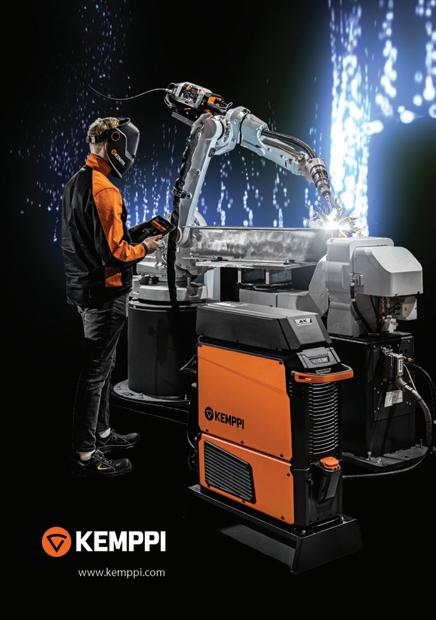
Exhibiting to the world
Inrotech is coming to an industry exhibition near you: with a long list of upcoming industry events, expos and forums that the company is confirmed to be attending, there are plenty of opportunities to meet Inrotech’s team of experts and find out how its solutions can benefit your processes. Inrotech welcomes any enquiries about its exhibi tion schedule n

